In El Salvador, as in the rest of the world, when talking about the phenomenon of piracy, we immediately relate it to the Caribbean Sea. First, because it was in that area where it mainly developed, and secondly, thanks to the popular depiction of piracy in Hollywood.
Unknown to cinema but no less intrepid, are a group of pirates that followed the route of the Magellan-Elcano expedition – the first recorded voyage around the world – and crossed the strait that bears their name today, where they found a gold mine in the unprotected Spanish ports of the South Sea (today’s Pacific Ocean) at the end of the 16th and 17th centuries.
Our new documentary film, The Pirates of the Pacific and La Union Islands (forthcoming), will address these facts, routes, ships, and pirate captains who attacked and plundered the west coast of the American continent, and more specifically the landings and massacres committed by both English and French pirate captains on the islands of the Gulf of Fonseca belonging to the department of La Union, in El Salvador.
It is a rescue of historical memory due to the fact the archives are in Europe, in both the Archives of the Indies in Seville, Spain, as well as in other archives in England and France, which resulted in a historical “disconnection” in Latin America and especially El Salvador.
This is in addition to local characters, who are among the few who know fragments of this history and have contributed knowledge to find archaeological remains, sunken objects, or intangible cultural heritage such as myths and legends related in some way to the pirates.
‘The Merry Boys’
“Piracy arose as a result of the rivalry that generated the privileged situation of Spain compared to other European powers that were lagging behind in territorial and maritime expansion. First, it was the French, then the Dutch and the English who dabbled in piracy and privateering,” said Elizet Payne, a historian at the University of Costa Rica and expert in the archives of the Indies.
The first English pirate to cross the Magellan Strait was Francis Drake in 1578, at the end of August. At that moment, he renamed his ship Golden Hind (formerly, Pelican). Once in the Pacific, he sacked the ports of Chile’s Valparaiso and Peru’s El Callao, attacking ships and kidnapping sailors.
Here we find fascinating but disturbing documents related to the arrival of Francis Drake to Central America in 1579, including Conchagua island (now Conchaguita).
On the top of a mountain on this island, and thanks to some local characters, we discovered the walls of an old church – one of the first to be built in the Pacific Ocean, now covered by trees and roots. A little more than 100 years after Drake’s landing, this church witnessed a little-known fact in the history of piracy and privateering in America which is undoubtedly the pinnacle of the dramatic arc of the film.
The story is that in 1684, two English pirate captains arrived in the Gulf of Fonseca: Thomas Eaton and Edward Davis. The story of Davis and his ship, the Batchelor’s Delights, is very different from that of other pirate ships and crews since most of them were graduates of the prestigious universities of Oxford and Cambridge, who set sail for fear of the new King of England, James II.
These recent graduates hired Captain John Cook to be the captain of their expedition, which he accepted and would be until his death in July 1684, when the expedition was in the Gulf of Nicoya in Costa Rica. The Merry Boys, as Cook called the new graduates, unanimously elected Edward Davis as captain of the Batchelor’s Delight.
Captain Davis and Eaton arrived in the Gulf of Fonseca in El Salvador and landed on Conchaguita island which, in 1684, was inhabited by Lenca Indians, as was the island of Meanguera.
“What we can know today is that these islands were actually inhabited, they were entrusted to an “encomendero” (Spanish), they are indigenous peoples who speak Poton (Lencas) and that by the 1680s when Dampier and the other pirate captains arrived they still spoke Poton,” said Alfredo Ramirez, a graduate of Indiana University and head of the history department at the University of El Salvador.
Captain Davis and Eaton and the Merry Boys lost control of the situation with the natives, and began a massacre and destruction of the church and the ranches on the islands and Puerto de Amapala, today known as Pueblo Viejo, where they destroyed the convent of Nuestra Senora de Las Nieves, whose old walls still stand next to a small chapel built in 2015.
Others experts say it was French pirates in 1688 that destroyed the convent. Be that as it may, the area and the unprotected Lenca Indians were severely punished by the pirate attacks to such an extent that after the massacre, they decided to abandon the island to seek refuge on the mainland, on the slopes of the Amapala volcano (today’s Conchagua volcano).
In 1693, the construction of the church of the new town of Santiago de Conchagua was completed, where the religious images of Santa Ana de la Teca, Santiago Apostle (both from Conchaguita Island), Maria Magdalena de Meanguera and Nuestra Senora de las Nieves, from the convent of the port of Amapala, are still preserved today as authentic survivors of the pirate attacks.
The film also deals with an attack by the Spanish South Sea Navy on French pirates living on the island of Meanguera. In the middle of 1688, two artillery galleons of the Spanish South Sea Navy attacked a group of French pirates remnants of the Raveneau de Lussan group. They were the galleons San Jose and San Francisco de Paula under the command of Captain Dionisio Lopez de Artunduaga.
We have achieved beautiful cinematography of that area, which remains wild due to the little human presence in this part of Meanguera Island.
It is the hope that this film, which is expected to be finished in 2023, will help viewers change their understanding of the Atlantic and regain lost historical knowledge about piracy in the Pacific and La Union Islands.

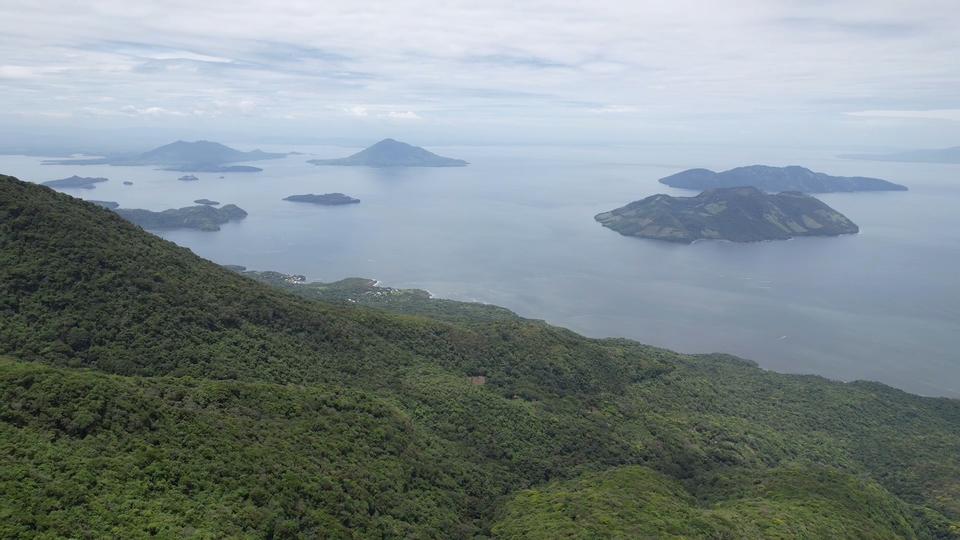

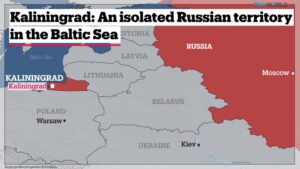





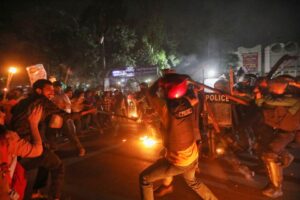

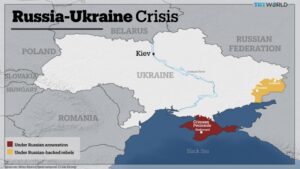



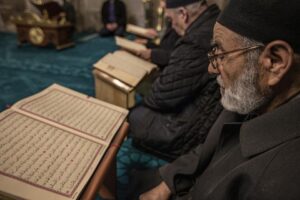



Be First to Comment